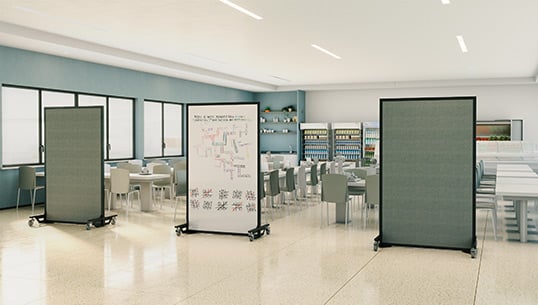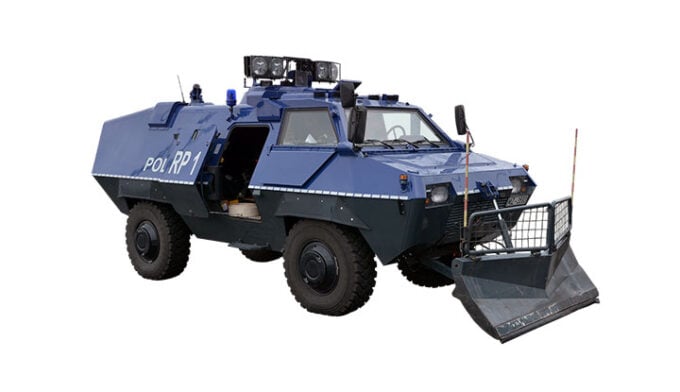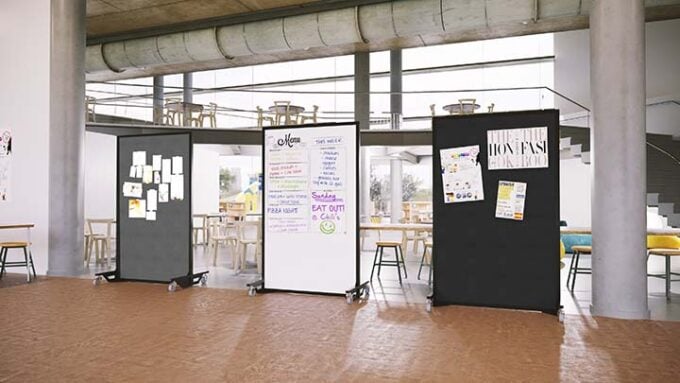Ballistic Protection: A Case Study
Market: Government Purchasing
Ballistics is the field of study in mechanics regarding projectiles and their launching, flight behaviors, and impact effects. Typically these projectiles include ranged weapons munitions such as bullets, rockets, bombs, etc. The ballistics field contains not only designs of these projectiles but also the study and application of barriers that protect against them. For more information on these surfaces, here is a case study on the resources regarding ballistic protection.
Why do we need ballistic protection?
The world needs ballistic protection because munition weapons exist. Based on the nature of work in some careers, protective surfaces and clothing are necessary. Though the goal is never to need this protection, professionals in the military, police force, and other government entities typically require it for safety measures. Even before the first-made gun (fire lance) in the 10th century, people had protection from projectile weaponry in the form of body armor. While body armor still exists, it has continuously changed throughout the centuries. In addition to worn ballistic protection, it is also a viable facility tool as well. For example, “bulletproof” glass is standard in gas stations, convenience stores, and government buildings. In a world where firearms and other munitions exist, protective barriers provide extra peace of mind.

What is “bulletproof” (bullet-resistant) material?
The composition of ballistic protection gear varies from product to product. One example is large quantities of thick fiberglass pressed together. Fiberglass is a woven plastic material laid across itself in small pieces. Reinforced in these fibers is a resin for extra strength and durability. When several of these sheets press together, they create an incredibly strong and absorbent material.
Even though this arrangement of fiberglass is not the only type of bullet-resistant material on the market, they all have high-velocity absorbency in similarity. “Bulletproof” is commonly understood as material that a projectile will ricochet off of the surface, however, this is not precisely accurate. The goal of a bullet-resistant item is to absorb the brunt of the blow so the person behind the device doesn’t have to. Since fiberglass and other plastics are reasonably pliable, they are far less likely to snap when a blunt force as strong as a fired bullet hits them.
Types of ballistic protection
Most people have heard of bulletproof vests or shatter-proof glass, but what other forms of protection are out there? Here are a few examples of ballistic protection tools:
Cars
While not necessarily as iconic as the batmobile or other comic book vehicles, ballistic protection on automobiles is possible, albeit extremely expensive. You can add security to your entire vehicle, from the windows to the paneling/doors. While again, government/military officials and public figures are the predominant owners of these vehicles, they are available to any civilian who is willing to pay for them.
Bomb Blankets
There are blankets designed to help absorb excess shrapnel from explosive devices. This product would serve the military best since they are more likely to face explosives than civilians.
Whiteboards/ Multipurpose Boards

Even though having body armor is effective for those who are more mobile, some facility managers look for protective surfaces in their building itself. For instance, Screenflex Portable Partitions offers a multipurpose ballistic panel as a form of protection. While these panels are bullet-resistant, they also have a whiteboard surface for writing usage. By adding a dry-erase surface, these panels can still get everyday use.
These items are just a short list of items available regarding ballistic protection. Even though everyone hopes never to need these devices, prevention is often the best action. Even outside of the military, “bulletproof” tools for your facility can help give you peace of mind in an emergency.